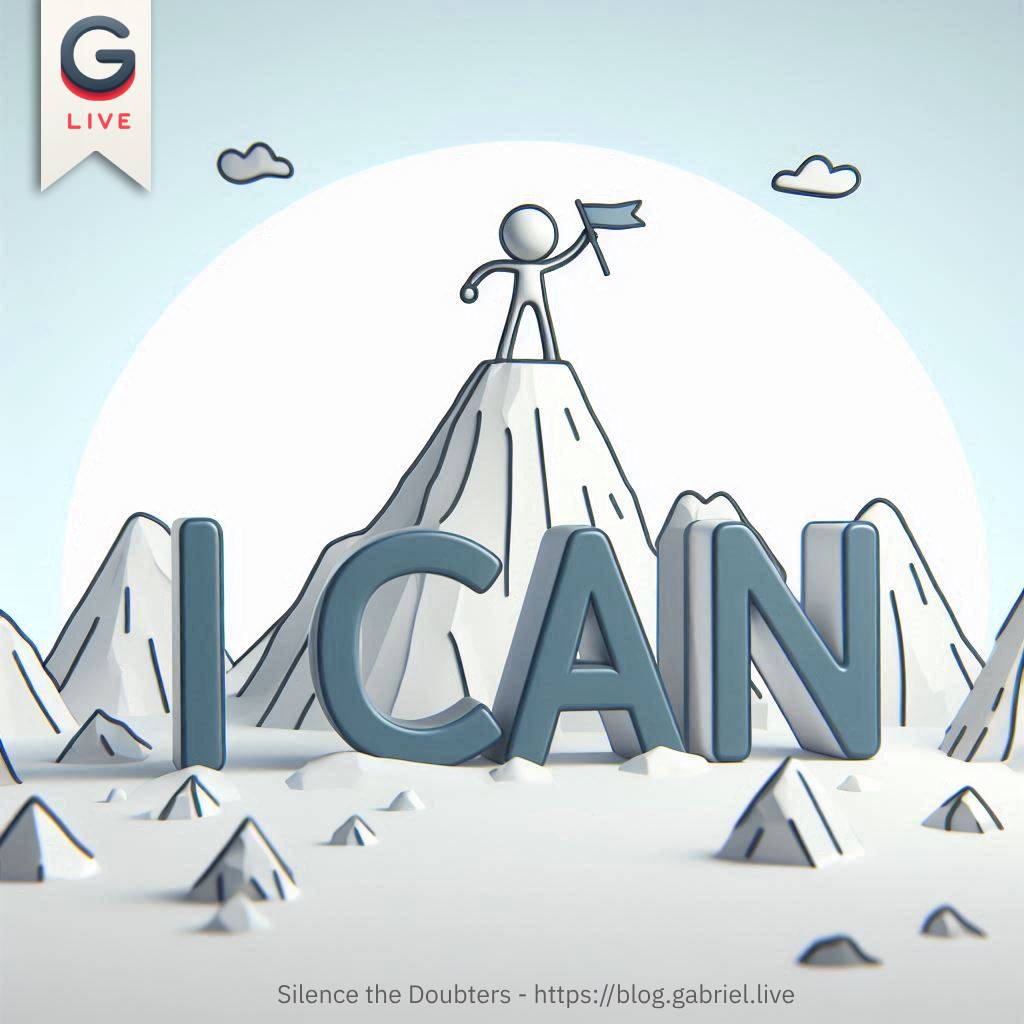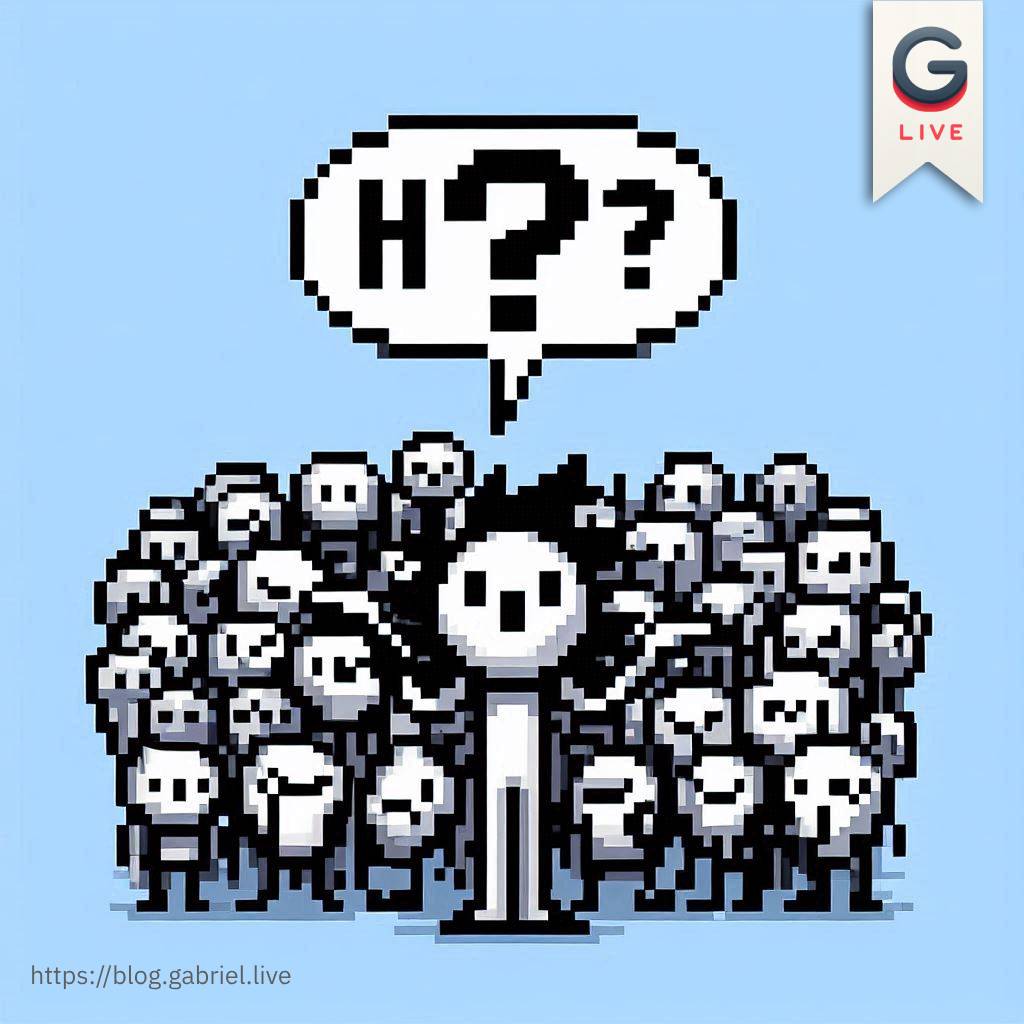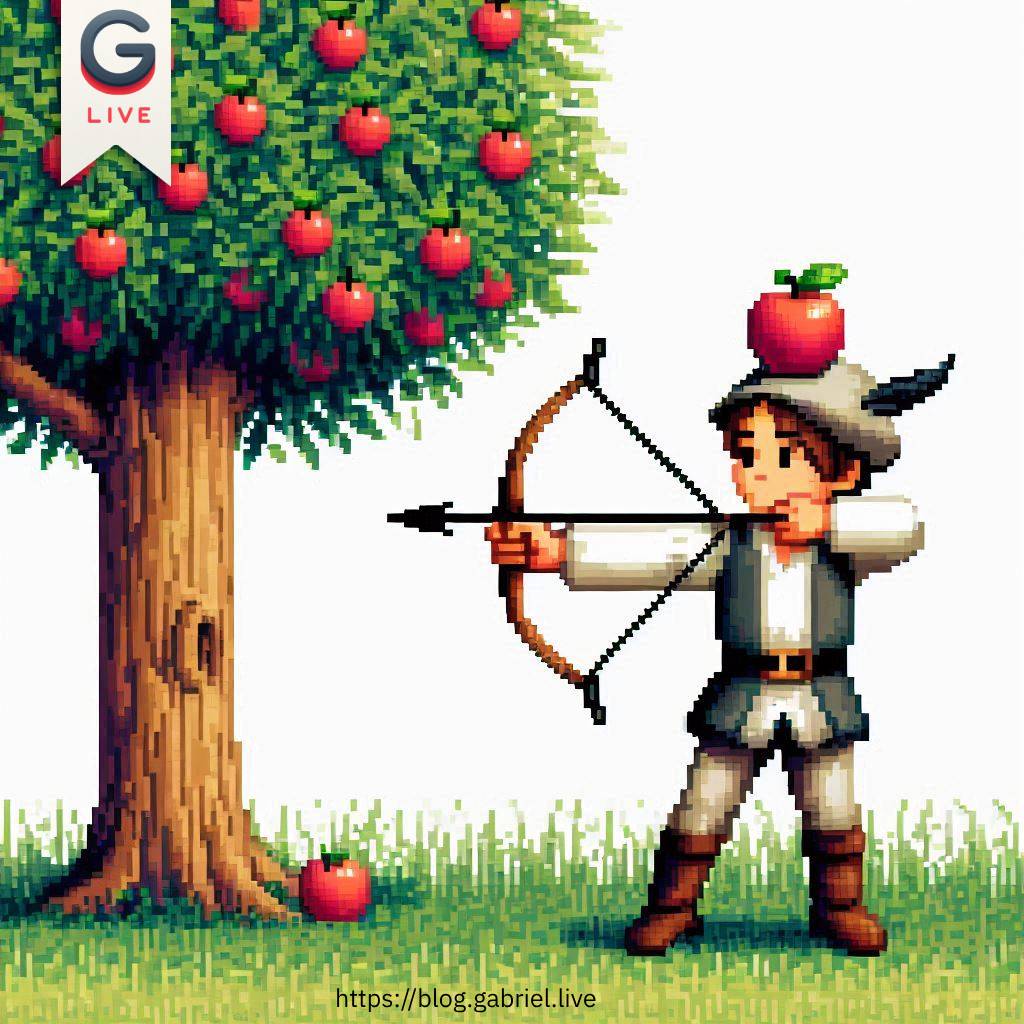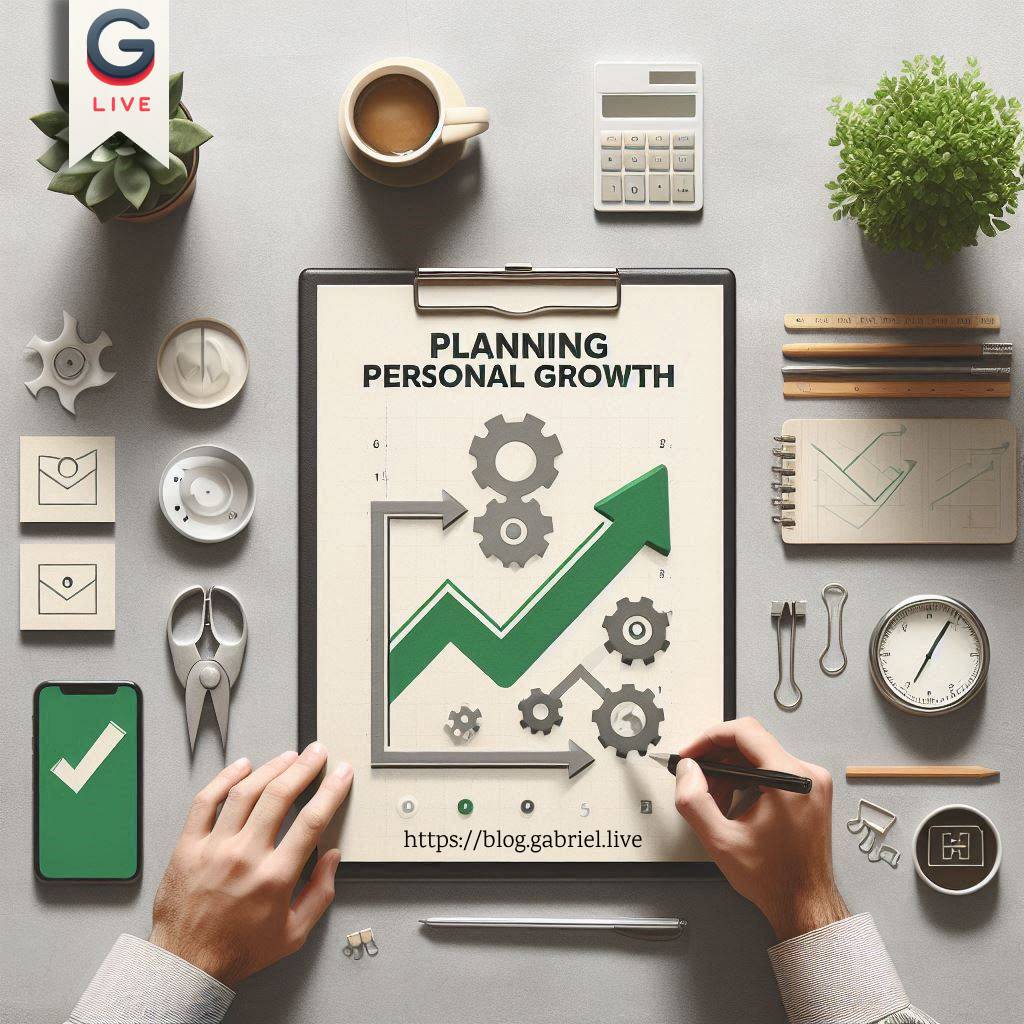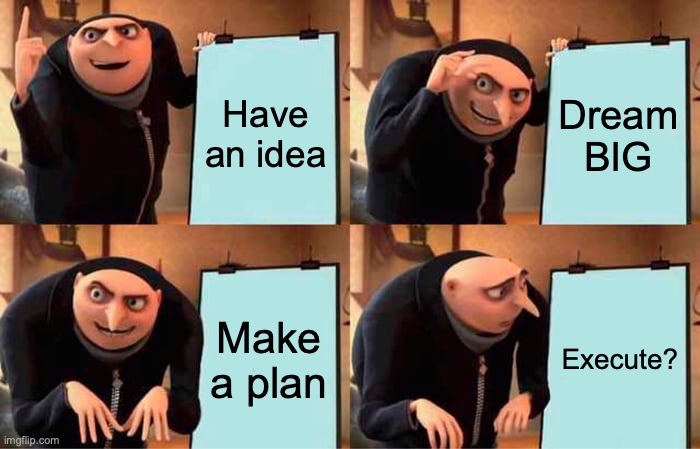Collaborative work cultures are all the rage. Open-plan offices, constant team meetings, brainstorming sessions… it’s a world designed for connection and rapid idea generation. But what if, for you, all this constant interaction feels… draining? If you’re an introvert, you’re likely familiar with this feeling. Often, these cultures prioritize extroverted behaviors – quick thinking, vocal participation, and constant networking – leading many introverts to feel like they have to change to fit in.
What you’ll find inside:
I know this feeling intimately. From a young age, I’ve naturally gravitated toward solitude. It’s not that I dislike people; it’s simply that I don’t need external stimulation to feel energized. In fact, too much of it can leave me feeling overwhelmed and depleted. It distracts me from the deep focus that allows me to do my best work.
But here’s the crucial point: introversion isn’t a weakness. It’s a different way of processing information, gaining energy, and contributing to a team. Introverts bring unique strengths – deep thinking, active listening, thoughtful analysis, and focused execution. And you absolutely can thrive in a collaborative workplace without sacrificing your energy or authenticity. Let me share what i works for me to navigate collaboration while staying true to myself.
Understanding Your Introverted Needs
The core difference between introverts and extroverts isn’t shyness or sociability. It’s where you get your energy. Extroverts are energized by social interaction; being around people fills them up. Introverts, on the other hand, recharge through solitude. Social interaction expends energy, even if it’s enjoyable. Think of it like a battery: extroverts recharge during interaction, while introverts need quiet time to recharge after interaction.
Understanding this fundamental difference is key to identifying your personal triggers in a collaborative setting. What specifically drains your energy? Here are a few common culprits from my professional live:
- Excessive meetings: Back-to-back meetings leave little time for focused work or quiet reflection.
- Constant interruptions: Being frequently interrupted breaks my concentration and makes it difficult to regain momentum.
- Large group brainstorming without preparation time: Being put on the spot in a large group can be overwhelming and stifling for someone who prefers to process ideas internally first.
- “Popcorn” style idea sharing: Rapid-fire brainstorming, where ideas are thrown out quickly without much thought, can feel chaotic and unproductive.
Self-awareness is paramount. What level of social interaction feels comfortable for you? How much downtime do you need to recharge? What situations leave you feeling depleted? It’s okay to not always be “on” and actively participating. Authenticity is far more valuable than trying to conform to a mold that doesn’t fit.

Setting Boundaries – Protecting Your Energy
Protecting your energy isn’t selfish; it’s essential for sustained performance and well-being. Here’s how to establish healthy boundaries in a collaborative environment:
- Schedule “Recharge Time”: Treat quiet focus time like an important meeting – block it off in your calendar and resist the urge to reschedule. This could be 30 minutes first thing in the morning, an hour after lunch, or whatever works best for you. I figured that reading 20 minutes after lunch is what distracts me from work related topics and highly boosts my ability to focus again.
- Meeting Management:
- Pre-Meeting Prep: Review the agenda beforehand to formulate your thoughts and prepare contributions. In case there is none, request it!
- Selective Participation: You don’t need to contribute to every discussion. Choose moments where your input is truly valuable.
- Politely Decline: It’s okay to decline meetings that aren’t essential for you. Try phrasing like: “Thank you for including me. I’m currently focused on X, and I don’t think my input is crucial for this particular meeting.”
- Manage Interruptions:
- Office Hours: If feasible, designate specific times for open communication via open doors in the office or “escape” into home office.
- Visual Cues: Headphones or a “Do Not Disturb” sign can signal your need for focused work.
- Email/Slack Boundaries: Don’t feel obligated to respond immediately to every message. Set expectations for response times. You may want to set a respective status as with NoHello.
- Communicate Your Needs: Respectfully let colleagues know when you need some quiet time to process. A simple “I need a bit of focused time to think this through” can go a long way and also demonstrated, that you take the topic serious.
Communicating Effectively as an Introvert
While introverts may not always be the loudest voices in the room, they often excel at communication in other ways.
- The Power of Written Communication: Introverts often thrive in writing. Utilize email and Slack to deliver thoughtful responses, proposals, and feedback. This allows you to carefully craft your message and avoid feeling put on the spot.
- One-on-One Conversations: Introverts often flourish in deeper, one-on-one connections. Initiate these conversations to build relationships and foster understanding. People will get to know you better and understand, that you care about the topic despite being bit more silent in lager groups.
- Preparing for Group Discussions:
- Jot Down Key Points: Writing down your thoughts beforehand can help you articulate them with clarity and confidence.
- Practice Your “Elevator Pitch”: For quick contributions, rehearse concise statements. This might work for some. But don’t let practicing stress you out.
- The “Pause” is Your Friend: It’s okay to take a moment to gather your thoughts before responding. Don’t feel pressured to fill silence.
Leveraging Introverted Strengths in Collaboration
Introverts bring a unique and valuable skillset to collaborative environments. I build my career upon these strenghts and ultimately when it comes to collaboration a mix of those in a team are required.
- Deep Listening: You’re likely an excellent listener, capable of truly understanding different perspectives. Use this to connect people by explaining what you understood and try to find common ground – especially if the others can’t stop arguing.
- Thoughtful Problem Solving: You excel at analyzing information and offering well-considered solutions.
- Detail Orientation: You often notice details others miss, leading to higher-quality work.
- Written Documentation: You’re skilled at creating clear documentation to improve team understanding.
- The “Second Opinion” Value: Position yourself as a reliable source for providing a thoughtful, balanced perspective after initial brainstorming.
👉 Also read: Why the Right Questions Are More Powerful Than Answers
Conclusion
You can thrive in a collaborative workplace without compromising who you are. Embrace your introversion, leverage your strengths, and establish boundaries that protect your energy. Don’t strive to change who you are, but rather learn how to work as you are.
The stories you tell yourself and what you belief in matters. Start by implementing one or two strategies from this post. Perhaps schedule some dedicated recharge time in your calendar this week. Remember, taking care of yourself is not a luxury; it’s a necessity. You don’t need to change who you are to thrive – you just need to learn how to work as you are.
With this I leave you with Susan Cains TED talk about “The power of introverts”

